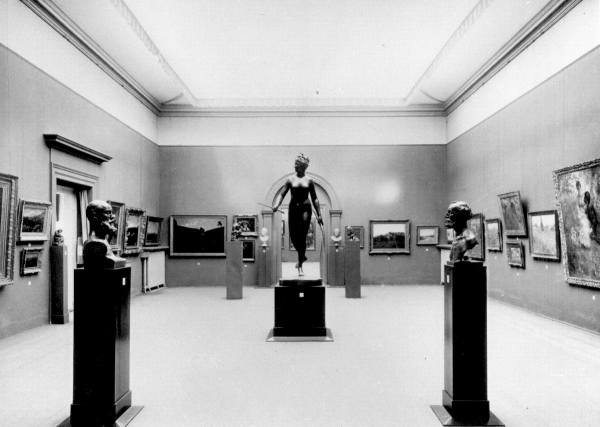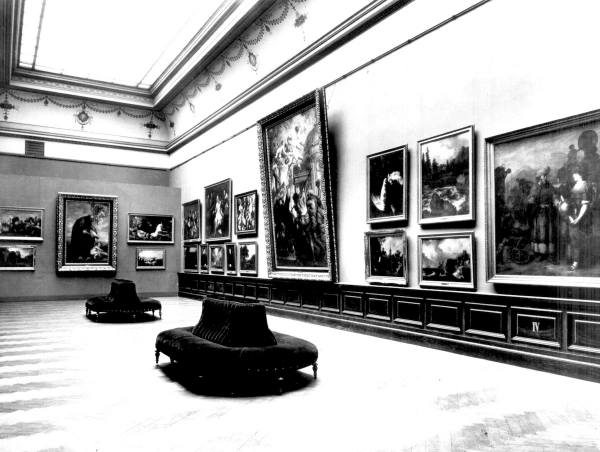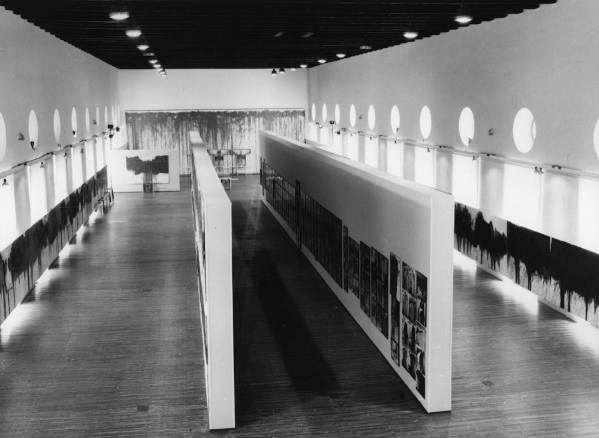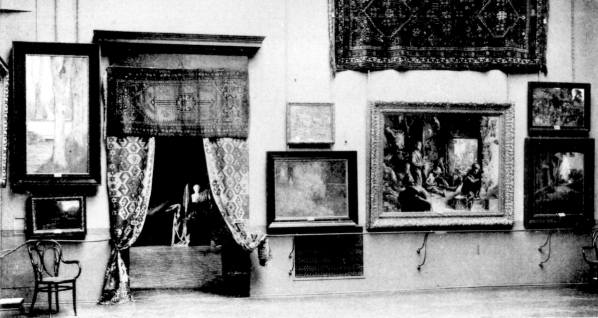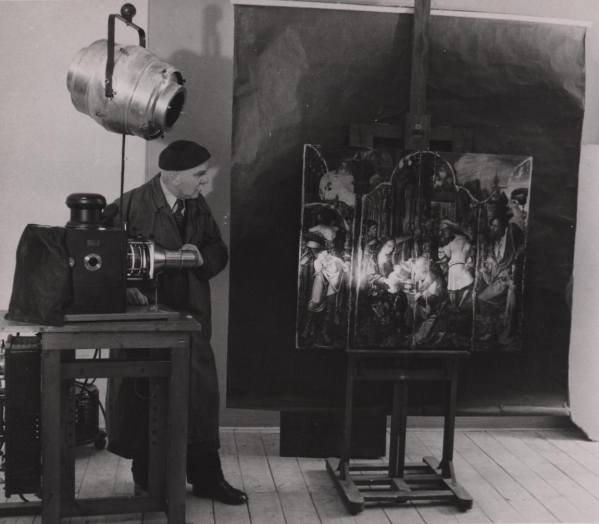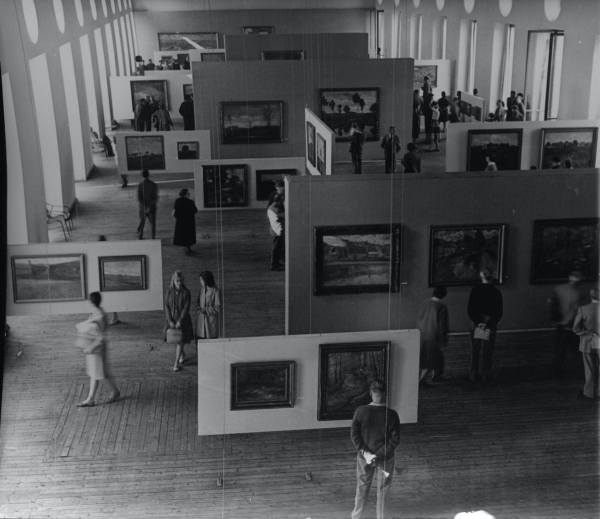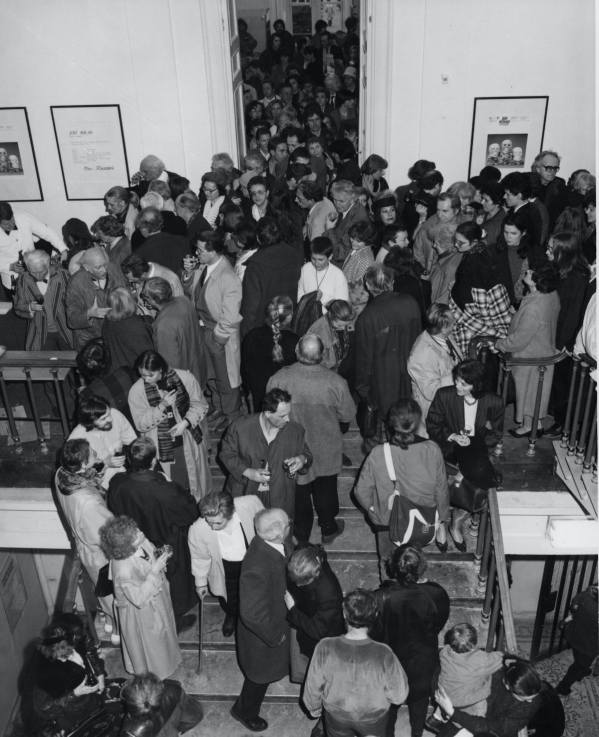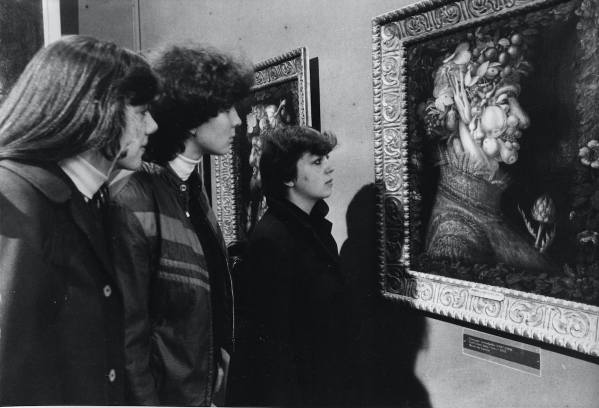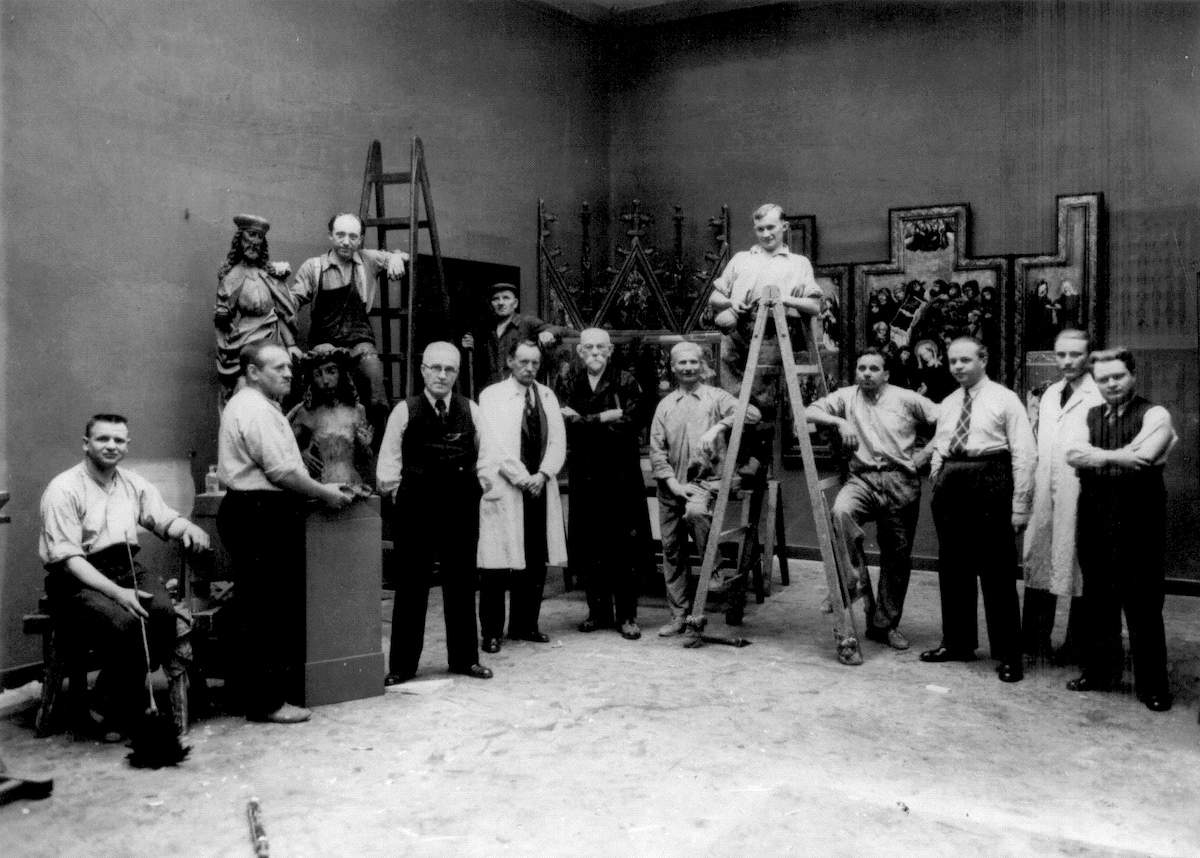
The history of National Gallery Prague is traced back to 5 February 1796, when a group of important patriotic Czech nobles joined a few citizen intellectuals in the decision to elevate the deteriorating public taste. The Society of Patriotic Friends of the Arts was created, soon establishing two institutions that Prague had lacked before: the Academy of Fine Arts and the Picture Gallery, which was accessible to the public.
However, the history of the NGP collection dates to the early 17th century, when Albrecht Dürer’s legendary Feast of the Rosary became part of Rudolf II’s art collection in 1606. The famous painting is one of the few to have remained in Prague to this day, forming an integral part of the gallery collections. In the second half of the century, collection activities of Czech nobles began to fully develop, allowing the general public to marvel at masterpieces for the first time once the Picture Gallery was established. It is then that the foundations of the present-day National Gallery Prague were laid.
In 1902, another important institution was founded: the Modern Gallery of the Kingdom of Bohemia. Unlike the Picture Gallery, established by private initiative, the Modern Gallery was founded on the initiative of the ruler, Emperor Franz Joseph I. The institution commenced assembling a collection of contemporary art of the 19th and later 20th centuries – this period saw the purchase of works by Antonín Slavíček, Max Švabinský, Vojtěch Preissig, Jan Preisler, and then Josef Čapek, and Emil Filla. The Modern Gallery ceased existing when it was merged with the Picture Gallery in 1942.
The Picture Gallery of the Society of Patriotic Friends of the Arts became the central art collection of the new state in 1918. Vincenc Kramář took charge in the next year, shaping it into a modern public gallery managed by experts. In the 1920s and 1930s, the foundations of the famous French Collection were laid under his leadership, supported by Tomáš Garrigue Masaryk and Edvard Beneš, leaders of the Czechoslovak state.
In spring of 1923, the Czechoslovak government appropriated a sum of five million crowns for the gallery, later increasing the amount. Reflecting the shifts in French art from Romanticism to contemporary artist production, the selection of the works was influenced by artists as well as important art historians: besides Kramář, Václav Vilém Štěch, Václav Nebeský, Otakar Novotný, and Emil Filla took part. Works of paramount importance were acquired, authored by Eugène Delacroix, Camille Corot, Claude Monet, Paul Cézanne, Paul Gauguin, Vincent van Gogh, Pablo Picasso, André Derain, and Auguste Rodin.
Kramář succeeded in nationalising the Picture Gallery in 1936. The complex period of World War Two saw funds from what had been the Modern Gallery administered by the Picture Gallery. The name National Gallery was used in the past, but as of 1941, the official Protectorate title was the Czech-Moravian Land Gallery. In 1949, the wartime institutional reorganisation was upheld retroactively by Act No. 148/1949 Coll. on the National Gallery in Prague.
The collections of the National Gallery travelled through Prague over the course of centuries. A gallery was established in the Sternberg Palace in 1814; a picture gallery opened in the Rudolfinum in the second half of the 19th century, and another in the Municipal Library in Mariánské náměstí (Virgin Mary Square) in 1931. From the 1970s to 2000, the Convent of St George in Prague Castle housed the Collection of Old Masters. Today, the National Gallery administers six buildings in Prague – the Convent of St Agnes of Bohemia, the Sternberg Palace, the Schwarzenberg Palace, the Salm Palace, the Kinský Palace, and the Trade Fair Palace; short-term exhibitions are held in the Waldstein Riding School, property of the Senate of the Parliament of the Czech Republic.
Discover the most important works of the National Gallery Prague, and browse through detailed information on each of its collections:
More information about the NGP Archive can be found here.
